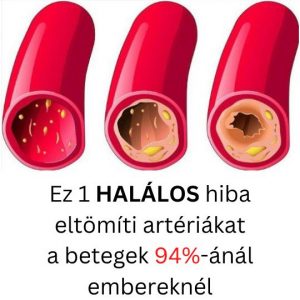The #1 Rated Blood Sugar Formula
High Blood Pressure: Kids Can Have It Too

About 3.5 percent of U.S. children aged 18 and under have hypertension (high blood pressure), but that number may be even higher. Most children with the condition do not have symptoms. Complications include organ damage.
High blood pressure, which is sometimes called hypertension, affects about one in three adults in the United States. But this health problem doesn’t just affect adults.
Blood Pressure Checkups
Systolic pressure is the top number in a blood pressure reading. This number is the pressure in arteries when the heart contracts. Diastolic pressure is the bottom number in a blood pressure reading. This is the pressure in the arteries between heartbeats, when the heart relaxes. The American Academy of Pediatrics (AAP) recommends that children ages 3 years and older and teens have a blood pressure screening at their yearly well-child visit. Blood pressure should be checked in all children and teens older than 3 years of age every time they see their health care provider if they are obese, are taking medicine known to increase blood pressure, or have kidney disease, diabetes, or a history of aortic arch blockage or coarctation. Children younger than 3 should have blood pressure checked if they were premature, have a history of congenital heart or kidney disease, or have recurrent urinary tract infections. Normal blood pressure in kids depends on their gender, age, and height. Your child's health care provider will evaluate your child's blood pressure based on his or her age, gender, and height percentile. This is called a blood pressure percentile. Your child's blood pressure is considered high if the blood pressure percentile is 95 percent or higher measured on three separate occasions, Dr. Joyce says.Treatment for Kids
Treatment for high blood pressure in children involves lowering blood pressure to goal. Your child's health care provider may also check for other conditions that may lead to high blood pressure such as kidney, heart or endocrine diseases. Parents and health care providers should urge kids with high blood pressure to make lifestyle changes. This includes losing weight, exercising more, and eating a healthier diet. In some cases, your child's healthcare provider may also give your child medicine to help control blood pressure. "Regular exercise helps control weight and may keep blood pressure in check," Dr. Joyce says. Regular exercise means 30 to 60 minutes of physical activity on most days. Activities that involve sitting should be limited to less than two hours a day, she says. A healthy diet for a child with high blood pressure should include:- Fresh vegetables and fruits
- Fiber
- Milk, cheese, and other dairy products
- Lean, unprocessed protein and meats
- Very little salt, saturated fats, and sugar






